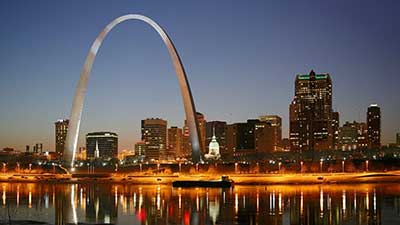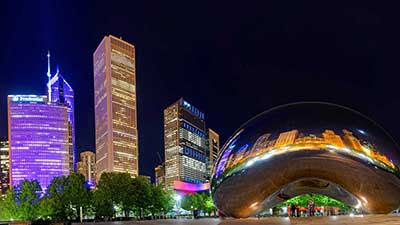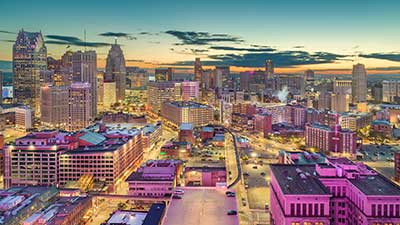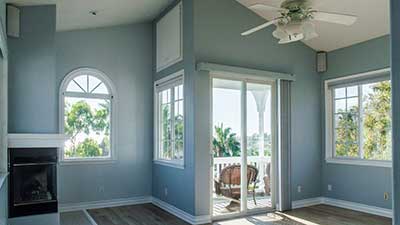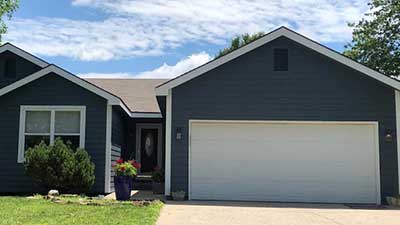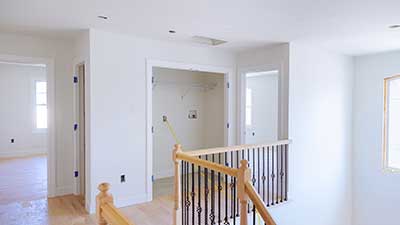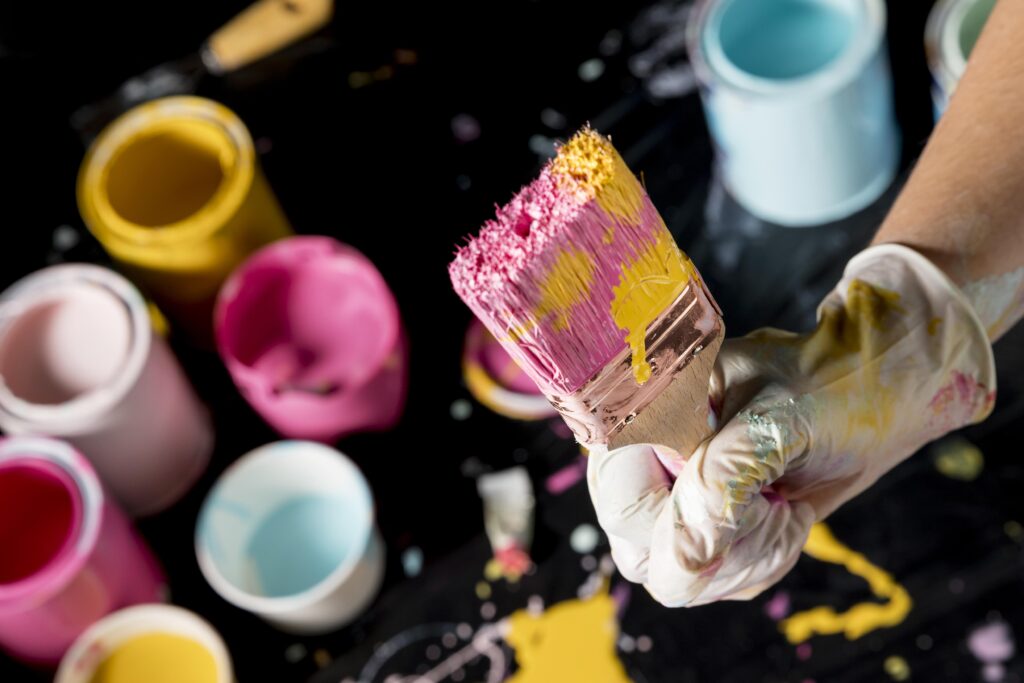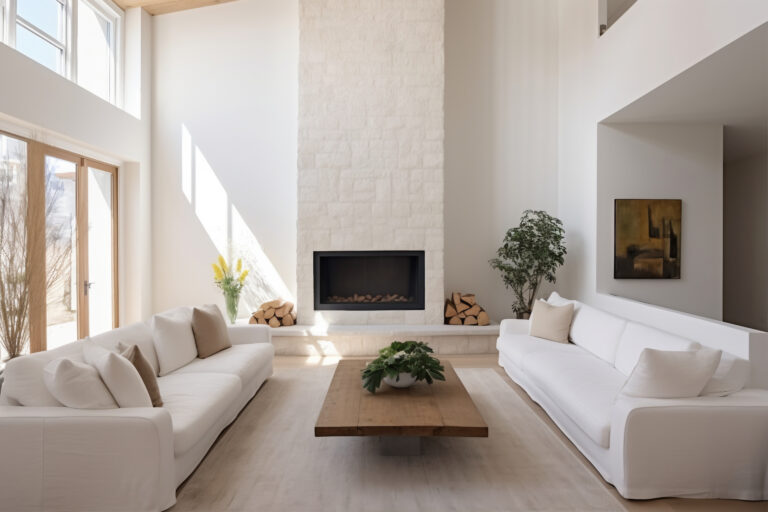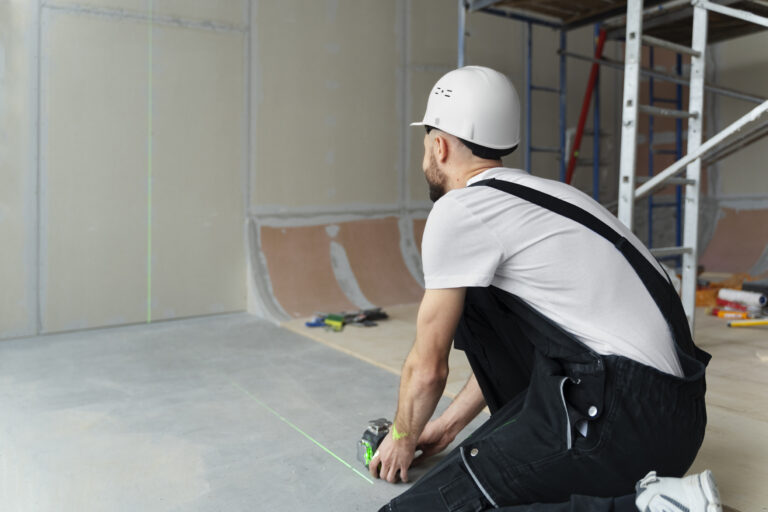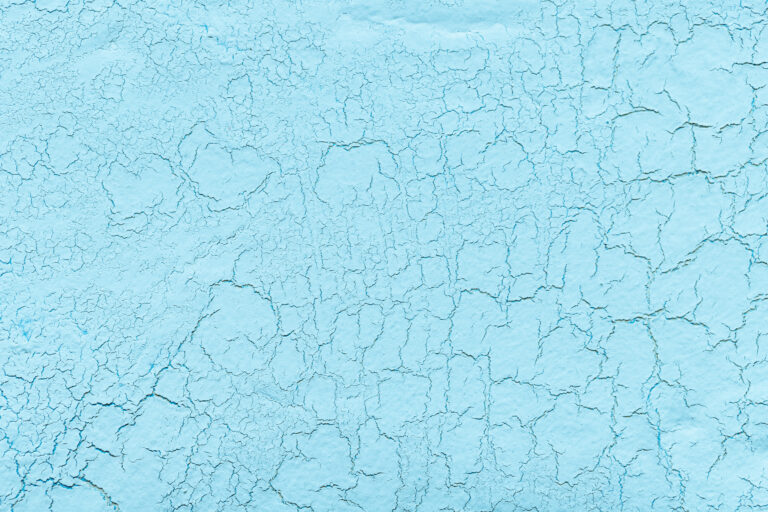In home improvement projects, combining paint and drywall mud—also known as joint compound—offers a wide range of creative possibilities. Mixing paint with joint compound not only improves the look of your walls but also allows you to create a variety of textures. This can change the appearance of any room significantly. OnDemand Painters is here to guide you through this innovative technique, making sure that by the end of this guide, you’ll be excited and inspired to try mixing latex paint with drywall compound yourself.
Understanding Drywall Mud and Paint
This process starts with two main ingredients: joint compound and paint. The joint compound is essential for drywall installation and repair, providing a flexible base that’s perfect for either smooth finishes or detailed textures. Adding latex paint to the joint compound does more than just introduce color; it also changes the mixture’s consistency and drying time. This allows for “tinted mud” that can be used for a range of effects, from subtle “orange peel” textures to more prominent, sculptural details.
The Right Mix for the Right Job
Achieving the ideal balance between paint and joint compound is crucial. If you add too much paint, the mixture might become too thin, affecting the texture’s quality. On the other hand, not enough paint might mean the colors aren’t as vibrant as you’d like. The target consistency is similar to pancake batter, which is solid enough to maintain its form but still easy to work with.
Visiting a hardware store becomes less daunting when you know exactly what you need. The aisles filled with joint compounds and cans of latex paint hold the potential to completely transform your space, and OnDemand Painters is here to make that task seem manageable.
Preparing Your Walls for Application
Preparation is key to ensuring the successful application of your paint and joint compound mix. Starting with a clean, primed surface is crucial for the mixture to stick properly and look great. No matter the size of the area you’re working on, it’s important to ensure cleanliness, smoothness, and readiness before you begin.
Priming for Perfection
Priming your walls properly is essential for good adhesion and to create an even base for your work. It’s similar to preparing a canvas before painting, ensuring that the final colors appear as expected and that the texture is consistent across the surface. This stage requires patience; rushing or skipping preparation steps could compromise the quality of your project, regardless of how much paint you add to your joint compound.
Pros and Cons of Mixing Paint with Drywall Mud
Let’s look at the benefits and drawbacks of this technique. On the plus side, mixing paint with drywall compound gives you a unique way to customize your wall finishes. This method is not just about painting; it’s about modifying your space to add depth or whatever feel you’re aiming for. It simplifies the process by combining color and texture in one step, reducing the number of steps and products needed.
However, there are challenges as well. Achieving a heavy texture can be appealing but requires careful application and attention to detail. Additionally, the mixture’s altered drying time and the risk of cracking if not mixed correctly highlight the need for practice and experimentation before applying it to a large area.
Application Techniques and Expert Tips
Choosing the right tools for applying your paint and joint compound mixture is crucial for achieving the desired outcome. For beginners, using a standard paint roller is a straightforward way to apply a basic texture over large areas. For more detailed work, tools like trowels, sponges, or specialty brushes might be needed to create specific textures, including stipples or swirls.
Creating Textures: From Simple to Complex
With the combination of paint and drywall compound, you can create a wide range of textures. A light spray might be sufficient for a subtle orange peel effect. For a more pronounced texture, a thicker mix applied with a trowel or sponge can produce a significant visual impact. It’s important to practice on scrap pieces of drywall or an inconspicuous area before applying the mixture to the entire room.
Mistakes to Avoid
In any home improvement project, certain mistakes should be avoided. One common error is not allowing each layer to dry thoroughly before adding the next, which can result in uneven textures or peeling. Adding excessive paint to the mixture can make it too thin, which is challenging to work with and could affect the finish’s durability. A crucial tip from OnDemand Painters is to always start with a clean, primed wall to ensure good adhesion.
Navigating Challenges
Challenges can arise, even for experienced DIY enthusiasts. If the mixture dries too quickly, adding a bit more paint can slow the drying process, giving you more time to work. Should cracks or imperfections appear, they can often be sanded smooth once dry, then retouched with the paint and joint compound mixture. Patience and determination are vital in overcoming these obstacles.
Finishing and Maintenance
After the walls have dried and you are satisfied with the textures, sealing your work is essential. A clear topcoat will protect the texture against wear and tear, simplifying cleaning and maintenance. In areas subject to high humidity or heavy use, like kitchens and bathrooms, choosing a sealer with mold and mildew resistance is advisable.
Conclusion
Mixing paint with drywall mud offers numerous options for customizing your living space. Proper preparation, some practice, and a creative approach enable you to achieve impressive results that showcase your personal style. Whether updating a single room or overhauling your entire house, the methods outlined here lay the groundwork for experimenting with textured walls. OnDemand Painters encourages you to dive into the process, try out different effects, and enjoy the process of creating something uniquely yours.
FAQs
Can I mix joint compound directly with paint for a textured wall finish?
Absolutely, mixing joint compound with paint can create stunning textures for your walls, just remember to test on scrap drywall first!
What should I do with leftover mix joint compound and paint?
Using a leftover mix of joint compound and paint on scrap drywall is a great way to practice your technique before applying it to your walls.
Is adding paint to the joint compound a good way to color match my walls?
Yes, adding paint to joint compound can help you achieve a color match or introduce new hues to your wall textures seamlessly.
Can I use scrap drywall to test out my paint and joint compound mixture?
Definitely, scrap drywall is perfect for experimenting with your paint and joint compound mixture before committing to your main project.
What’s the best method for adding paint to joint compound for wall texturing?
For wall texturing, adding paint to joint compound slowly and mixing thoroughly ensures a consistent color and texture throughout your project.
